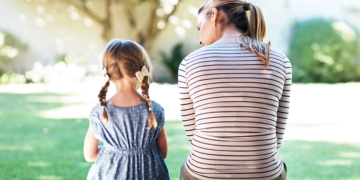Due to its originality and non -standard, “liquid wallpaper” (it is also decorative plaster) becomes more and more popular among designers. The interior of the room when using it acquires freshness and style.
The difference from ordinary plaster is that it does not contain sand, but includes cellulose – natural adhesive material, which ensures complete environmental safety.
And you can apply such plaster if you wish, even if before that the experience in such work was very small. And the main difficult issue is how to correctly calculate the required amount. The cost of liquid wallpaper is quite high and unnecessary costs do not want to do at all. At the same time, a shortage can also become a big problem. Necessarily the material should be enough for one room completely.
We start with the measurement of the walls, so we can calculate the entire area for finishing. To do this, it is necessary to multiply the wall length by its width. And from the total number it will be possible to subtract the area of windows and doors, designed according to the same formula that do not need to cover with wallpaper. But if you buy a little with a margin, then this is not so bad. The material will remain for the future to paint certain places in cases of damage.
Similarly measure the ceiling. And then we determine the color. He will be alone or want to use several? Then we calculate how much color for each site is needed.
It will be a little more difficult if you decide to apply a decorative pattern. It is necessary to apply its boundaries to the wall (just lines that form a rectangle, the area of which can also be calculated).
Decorative plaster is sold usually in standard bags of 10 kg. Next, you will need to familiarize yourself with the instructions indicated on the packaging. The amount of finished material obtained differs among different manufacturers, it all depends on the quality. But focus on 4 -4, 5 square meters.
And the cooking process lies in the fact that the contents of the packages must be poured with warm water, and then diligently mix. Thus, the wallpaper will swell, and the consistency should turn out to be adhesive and slippery, but one that will be conveniently rubbed. The whole preparation process will take approximately from 10 to 12 hours.
When you already start applying wallpaper, try to do it without interruptions, otherwise there is a risk that transitions will be visible. It is not recommended to do a very thin layer – the wall can be shone. Choose the thickness yourself at your discretion.







